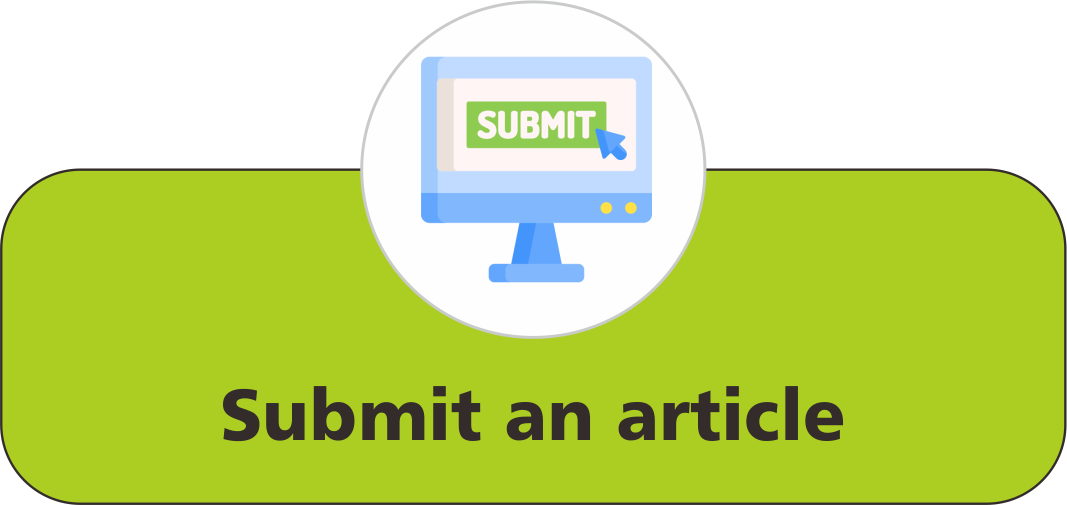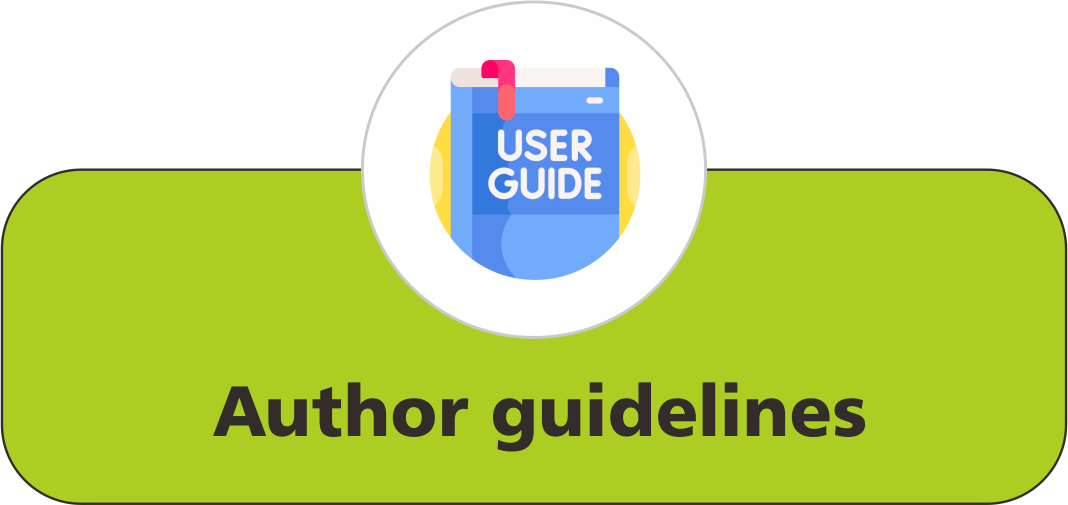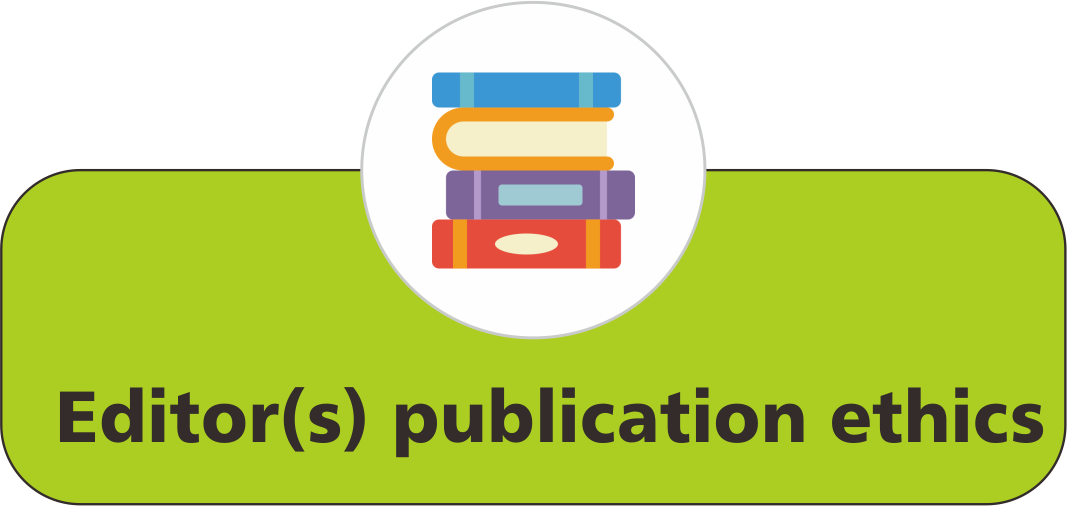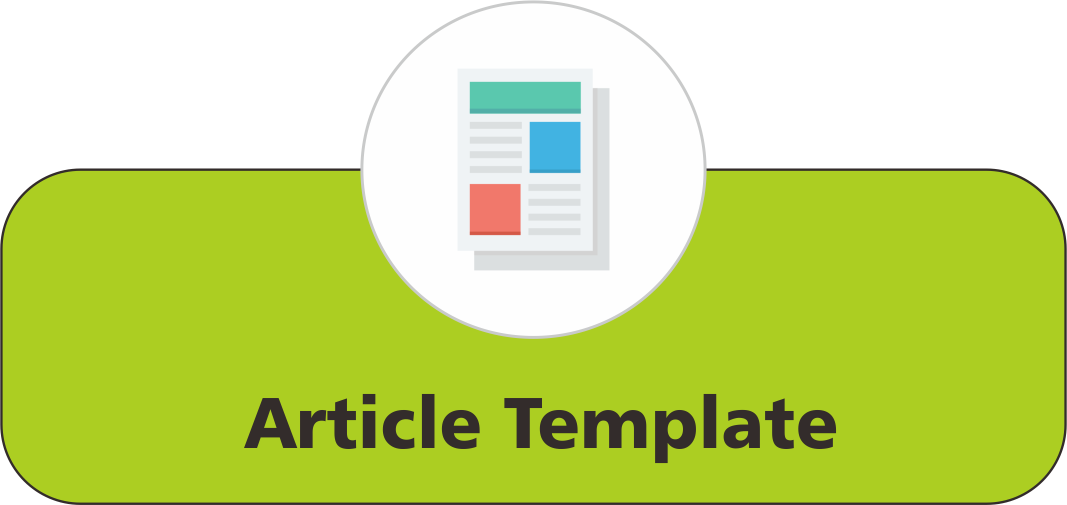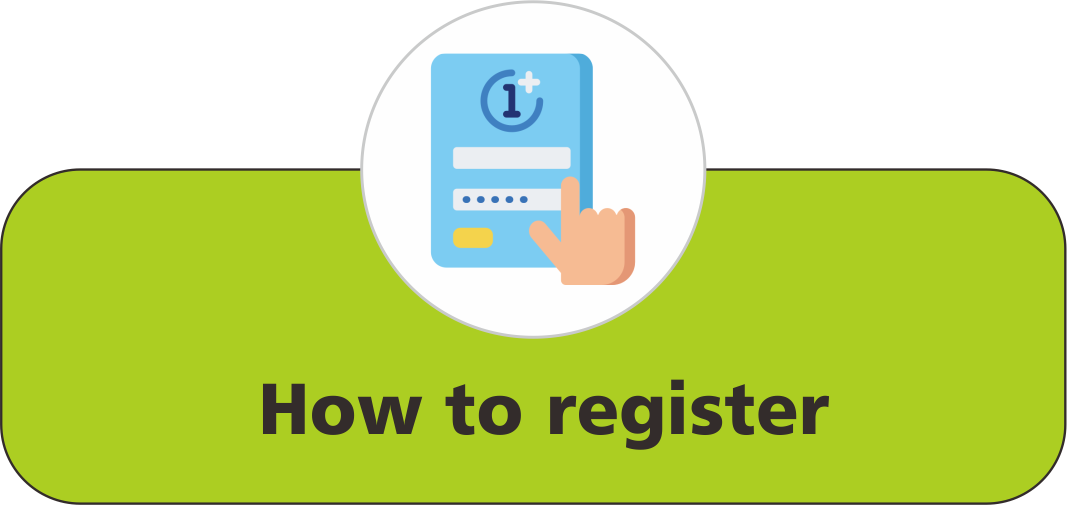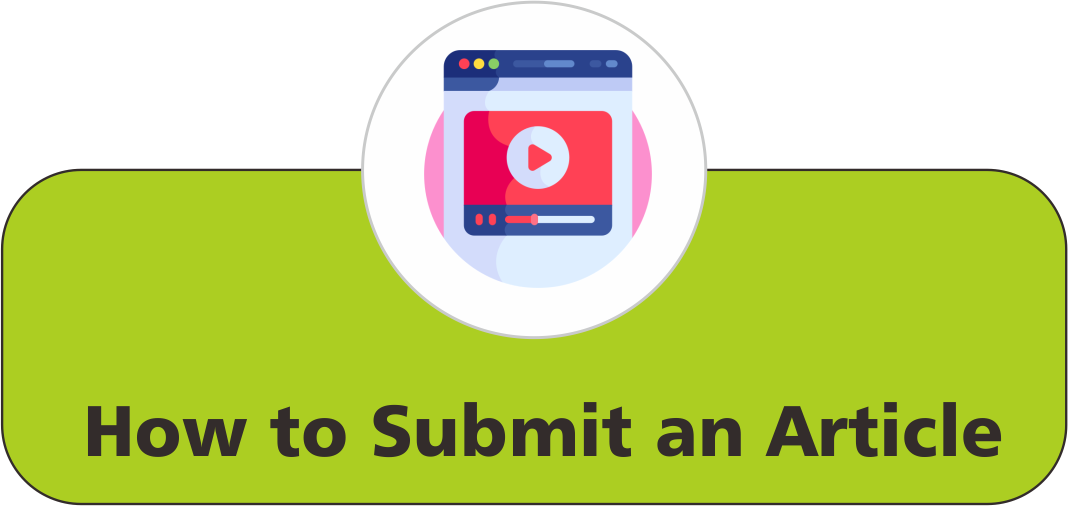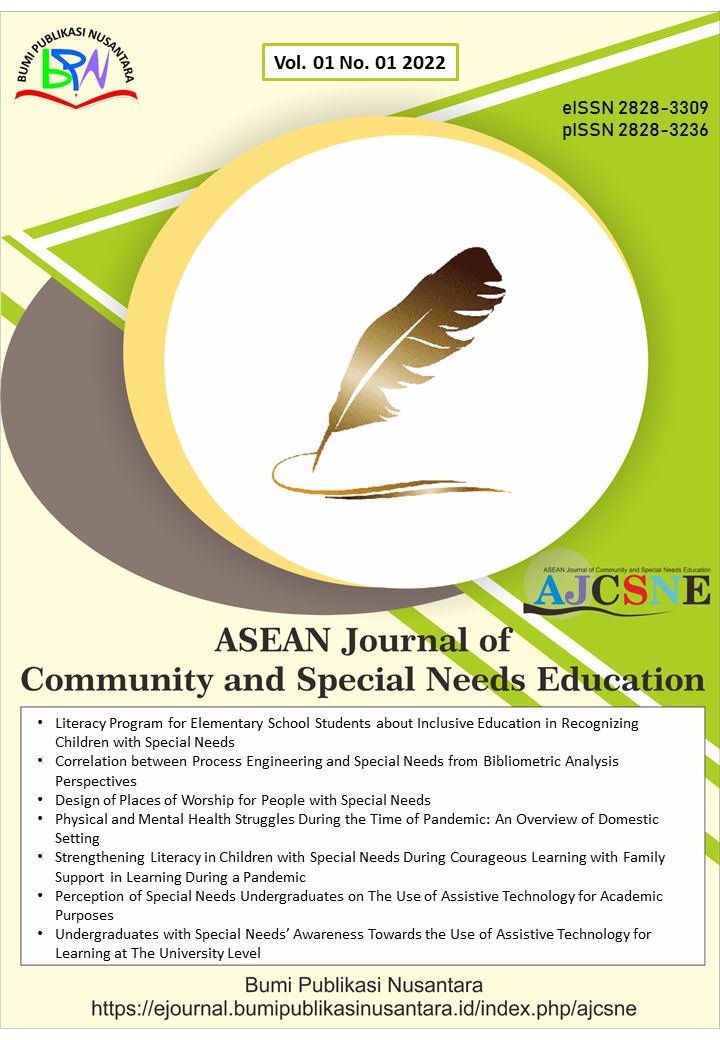Overcoming Barriers and Implementing Best Practices in Inclusive Higher Education: Strategies for Accessibility, Equity, and Student Support
 ), Kokch Tamila Azizovna Menarifova Biana Ruslanovna(2),
), Kokch Tamila Azizovna Menarifova Biana Ruslanovna(2),
(1) Chirchik State Pedagogical University
(2) Chirchik State Pedagogical University
 Corresponding Author
Corresponding Author
Abstract
Keywords
References
Adeoye, M.A., Akinnubi, O.P., Mahmud, M.A., and Jimoh, H.A. (2024). Diversity, equity, and inclusion as essential tools in promoting teaching and learning. Indonesian Journal of Community and Special Needs Education, 4(1), 11-18.
Al Shaban Radi, H.M., and Hanafi, Z. (2024). Managing visually impaired students: Factors that support and inhibit inclusive programs in elementary. Indonesian Journal of Community and Special Needs Education, 4(1), 19-28.
Azizah, N., Prasetyo, A.C., Dini, N., Wulandari, V., and Kruesa, M. (2022). Social inclusive education project (SIEP) as a community for handling children with special needs in rural areas. Indonesian Journal of Community and Special Needs Education, 2(2), 89-98.
Calixtro Jr., V.L. (2021). Health status and job performance of physical education instructors in higher education institutions. Indonesian Journal of Educational Research and Technology, 1(2), 71-76.
Craig, S. L., Smith, S. J., and Frey, B. B. (2022). Professional development with universal design for learning: Supporting teachers as learners to increase the implementation of UDL. Professional Development in Education, 48(1), 22-37.
Egbedeyi, T.F., and Babalola, A.E. (2023). Availability and challenges of inclusive lower primary education schools. Indonesian Journal of Community and Special Needs Education, 3(2), 93-102.
Faddillah, R.N., Nandiyanto, A.B.D., and Bilad, M.R. (2022) Literacy program for elementary school students about inclusive education in recognizing children with special needs. ASEAN Journal of Community and Special Needs Education, 1(1), 1-8.
Farida, F., Supardi, S., Abduh, A., Muchtar, J., Rosmaladewi, R., and Arham, M. (2024). Technology and hybrid multimedia for language learning and cross-cultural communication in higher education. ASEAN Journal of Science and Engineering, 4(2), 331-348.
Glushchenko, V.V. (2025). Formation of the methodology of the project-activity game in inclusive higher education. Indonesian Journal of Multidiciplinary Research, 5(1), 53-58.
Goodrich, A. (2021). Online peer mentoring and remote learning. Music Education Research, 23(2), 256-269.
Hromalik, C. D., Myhill, W. N., and Carr, N. R. (2020). “ALL faculty should take this”: A universal design for learning training for community college faculty. TechTrends, 64, 91-104.
Kennette, L. N., and Wilson, N. A. (2019). Universal design for learning (UDL): Student and faculty perceptions. Journal of Effective Teaching in Higher Education, 2(1), 1-26.
Khamitovna, K.K. (2022). Practical work on the transition of the educational process in higher educational institutions to the stage-stage credit-module system and their results. ASEAN Journal of Educational Research and Technology, 1(2), 147-154.
Musayaroh, S., Asmiati, N., Utami, Y.T., Mulia, D., Sidik, S.A., Abadi, R.F., Pratama, T.Y., Maslahah, S., and Pramudyo, A.S. (2023). A digital accessibility and inclusive design-based e-module in higher education: Does it work in a classroom with a deaf student?. ASEAN Journal of Community and Special Needs Education, 2(1), 55-60.
Onia, S.I., and Rmadan, A.F. (2023). Policy for distance learning in education in higher education institutions: Experiences from Sudan. Indonesian Journal of Educational Research and Technology, 3(1), 59-68.
Westine, C. D., Oyarzun, B., Ahlgrim-Delzell, L., Casto, A., Okraski, C., Park, G., and Steele, L. (2019). Familiarity, current use, and interest in universal design for learning among online university instructors. The International Review of Research in Open and Distributed Learning, 20(5), 20-41.
Xie, J., and Rice, M. F. (2021). Professional and social investment in universal design for learning in higher education: Insights from a faculty development programme. Journal of Further and Higher Education, 45(7), 886-900.
Article Metrics
Abstract View : 495 times
: 495 times Download : 207 times
Download : 207 times
Refbacks
- There are currently no refbacks.
Copyright (c) 2025 Bumi Publikasi Nusantara

This work is licensed under a Creative Commons Attribution-ShareAlike 4.0 International License.

